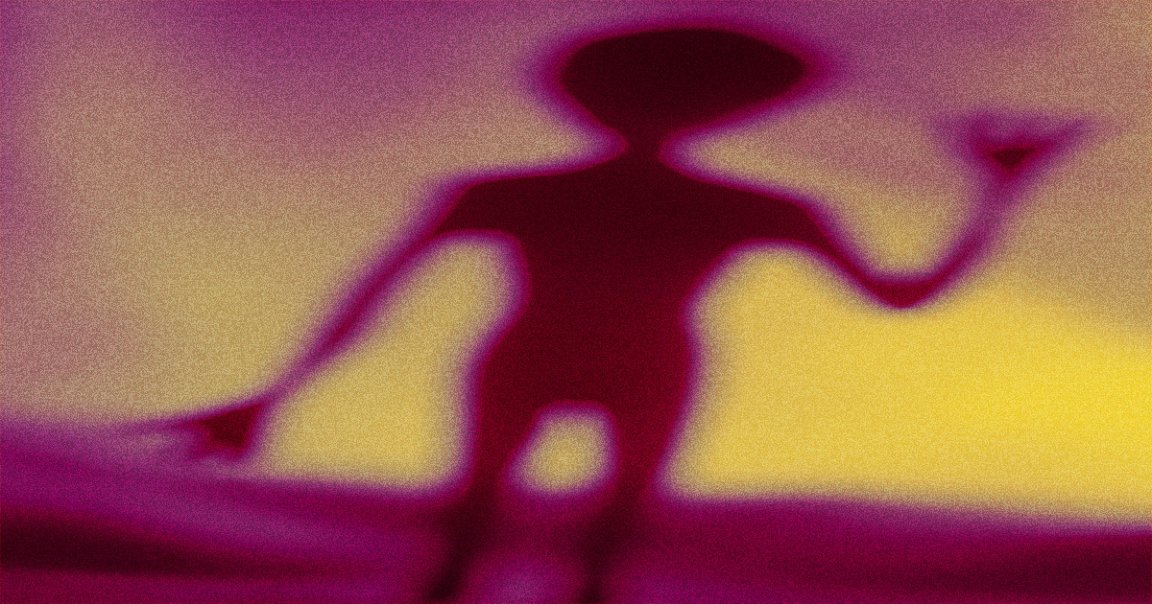
AIlien Hunter
In a new study, a group of NASA-affiliated researchers suggests we could train an AI to look for biosignatures on Mars — and thereby improve our chances of discovering life on the Red Planet and beyond.
“In the search for biosignatures on Mars, there is an abundance of data from orbiters and rovers to characterize global and regional habitability, but much less information is available at the scales and resolutions of microbial habitats and biosignatures,” the researchers write in the study, which was published this week in the journal Nature Astronomy.
These machine-learning models could discover “recognizable and predictable patterns” that could point us in the right direction in our search for life on other planets.
Red Rover
The scientists trained the AI on the terrain of the intensely dry and hot Atacama Desert in Chile, which may not necessarily be inhabitable.
But it’s certainly inhospitable, and due to its “fractal-like ridge networks, patterned ground and shrinkage crack terrains of abiotic and/or biotic origin,” as the researchers wrote in the study, it’s one of the most Mars-like environments on Earth.
Per the study, the researchers used a variety of data including “HiRISE data to ground surveys, spectroscopy, and biosignature mapping” to create a dataset for the AI program. Their goal was to train the AI to recognize which specific locations on the map might have the highest probability of supporting life.
And it worked astonishingly well. The AI was able to successfully locate life-supporting biosignatures, when present, with 56.9 to 87.5 percent accuracy. Humans, in contrast, had a success rate of less than 10 percent.
Though this is still a proof-of-concept study, the hope is that NASA will be able to one day integrate this type of program into their interplanetary rovers — potentially enhancing their ability to spot life.
READ MORE: This New AI-Tool Could Hunt for Life on Mars [Vice]